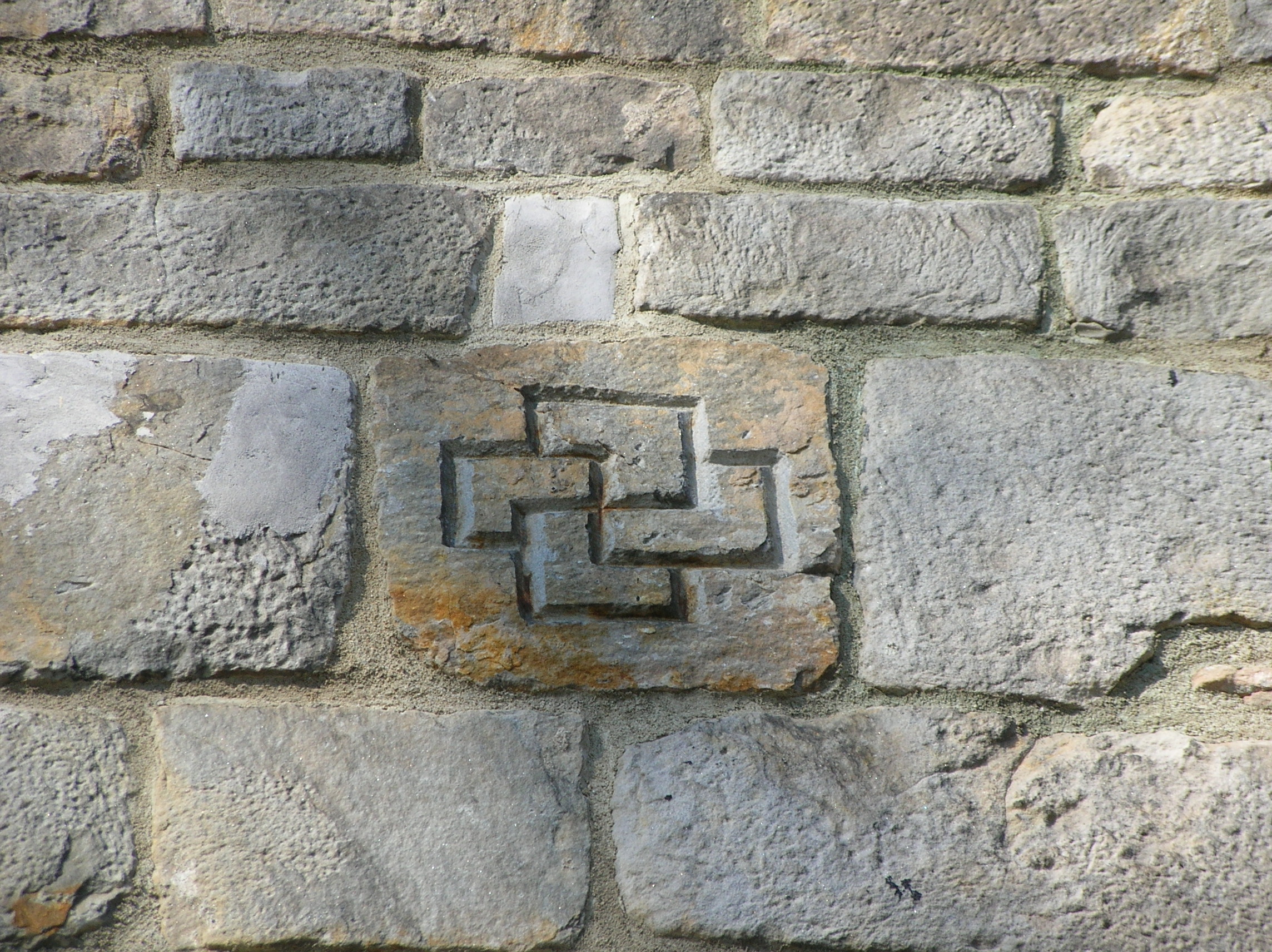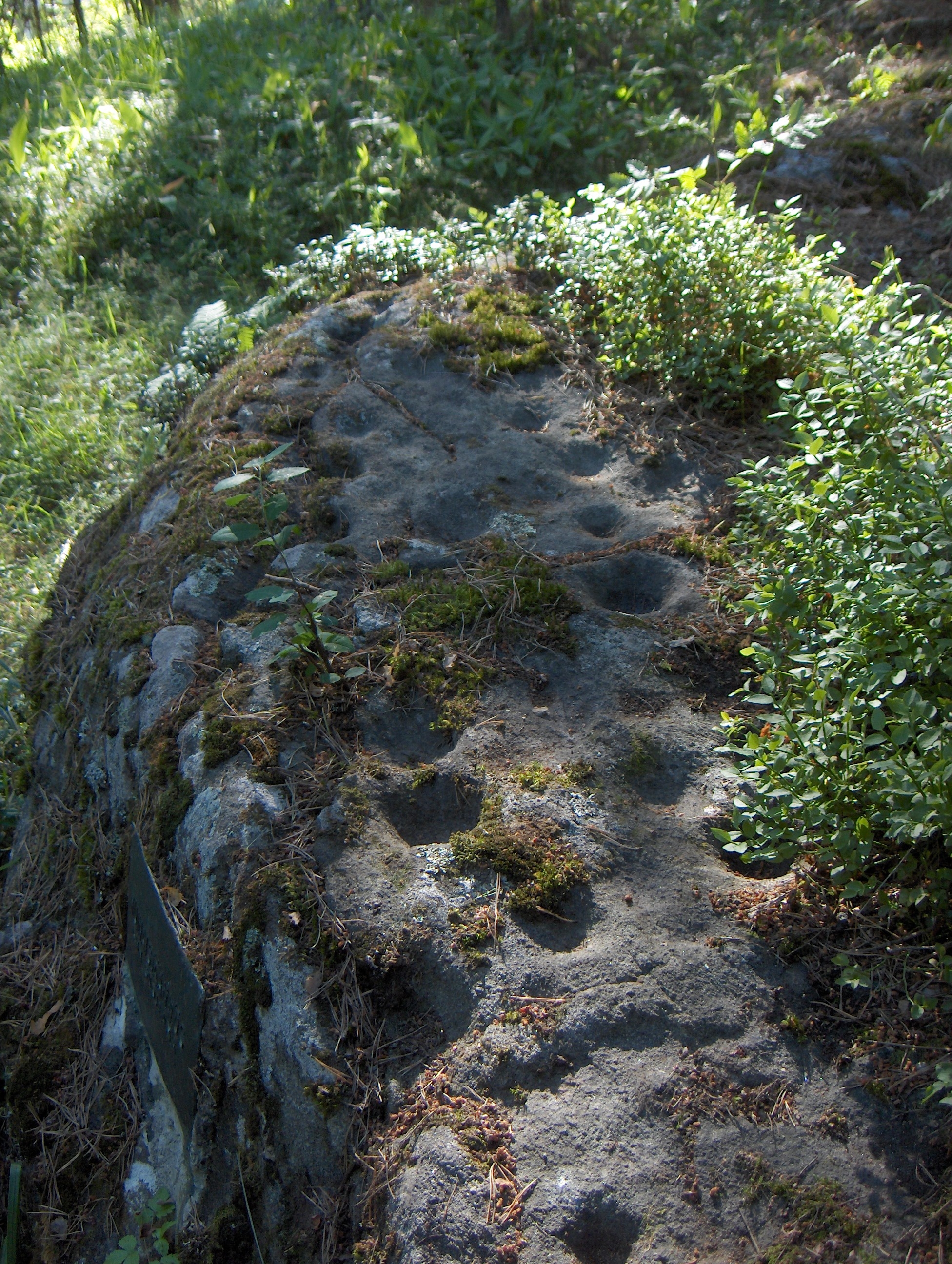|
Suomenusko
Modern Finnish paganism, also known as Finnish neopaganism or the Finnish native faith ( fi, Suomenusko: "Finnish Belief / Belief of Finland"), is the contemporary revival of Finnish paganism, the pre-Christian polytheistic ethnic religion of the Finns. A precursor movement was the ''Ukonusko'' ("Ukko's Faith", revolving around the god Ukko) of the early 20th century. The main problem in the revival of Finnish paganism is the nature of pre-Christian Finnish culture, which relied on oral tradition which may be subject to change over time. The primary sources concerning Finnish native culture are written by latter-era Christians. There are two main organisations of the religion, the "Association of Finnish Native Religion" (''Suomalaisen kansanuskon yhdistys ry'') based in Helsinki and officially registered since 2002, and the "Pole Star Association" (''Taivaannaula ry'') headquartered in Turku with branches in many cities, founded and officially registered in 2007. The Associatio ... [...More Info...] [...Related Items...] OR: [Wikipedia] [Google] [Baidu] |
Karhun Kansa
Karhun kansa ( is a religious community based on indigenous Finnish spiritual tradition. The community was officially recognized by the Finnish state in December 2013. "Karhun kansa" is Finnish for "People of the Bear". The bear, known as Otso, is the most sacred animal in the Finnish spiritual tradition, and said to be the mythical ancestor of all humankind. Karhun kansa is part of Suomenusko ("Finnish Faith"), the contemporary revival of pre-Christian polytheistic ethnic religion of the Finns. Some members of Karhun kansa call their faith 'väenusko' rather than 'suomenusko'. The first part of the term 'väenusko' stems from a Finnish word 'väki', which refers to people, and also both unseen and visible powers that are part of traditional Finnic mythology. Annual festivities A great many rituals are performed throughout the year by Karhun kansa members, and these may vary from one individual and family to the next. Karhun kansa as a community holds four annual ceremonies: * ... [...More Info...] [...Related Items...] OR: [Wikipedia] [Google] [Baidu] |
Finnish Paganism
Finnish paganism is the indigenous pagan religion in Finland and Karelia prior to Christianisation. It was a polytheistic religion, worshipping a number of different deities. The principal god was the god of thunder and the sky, Ukko; other important gods included Jumo (Jumala), Ahti, and Tapio. Jumala was a sky god; today, the word "Jumala" refers to all gods in general. Ahti was a god of the sea, waters and fish. Tapio was the god of forests and hunting. Finnish paganism shows many similarities with the religious practices of related cultures, such as Estonian, Mordvin, Mari, Sami and other Eurasian paganism. It shares some features with its neighbouring Baltic, Norse and Germanic paganisms. The organic tradition was sidelined due to Christianization starting from ca. 12th century and finally broken by the early 20th century, when folk magic and oral traditions went extinct. Finnish paganism provided the inspiration for a contemporary pagan movement Suomenusko (Finnis ... [...More Info...] [...Related Items...] OR: [Wikipedia] [Google] [Baidu] |
Ukko
Ukko (), Äijä or Äijö (Finnish for 'male grandparent', 'grandfather', 'old man'), parallel to Uku in Estonian mythology, is the god of the sky, weather, harvest and thunder in Finnish mythology. Ukkonen, the Finnish word for thunder, is the diminutive form of the name ''Ukko''.Compare to English ''thunder'' (< ''þunor'') and ''donner'' (< ''donar'') both derived from ''*þunraz'' and originally synonymic with appellations of the |
Ahti
In Finnish mythology, Ahti () is a heroic character in folk poetry who is sometimes given the epithet Saarelainen (, "Islander"). Ahto is a Finnish sea god. The connection between the hero Ahti and the god Ahto, if any, is unclear. Description Ahti In the Kalevala the compiler Elias Lönnrot conflated several mythological persons into the main characters in an attempt to create a consistent narrative from several songs. The heroic figures '' Kaukomiele'' and ''Ahti'' were condensed into '' Lemminkäinen'' in the work. Ahti's story is of a man so eager to fight that he abandons his young wife and sets out on an adventure with his friend ''Teuri''. The original songs in the Ahti cycle have been tentatively dated to the Viking Age because of their references to sea voyages, but Oinas also sees an adventurous element in both Ahti and Kaukamoinen's tales. ''Ahti Saarelainen'' is described as a fierce seagoing warrior. He makes a double vow with his wife ''Kyllikki'', binding him ... [...More Info...] [...Related Items...] OR: [Wikipedia] [Google] [Baidu] |
Hiisi
Hiisi (; plural ''hiidet'' ) is a term in Finnic mythologies, originally denoting sacred localities and later on various types of mythological entities. In later, Christian-influenced folklore, they are depicted as demonic or trickster-like entities, often the autochthonous, pagan inhabitants of the land, similar in this respect to mythological giants. They are found near salient promontories, ominous crevasses, large boulders, potholes, woods, hills, and other outstanding geographical features or rough terrain. Origin and etymology Hiisi was originally a spirit of hill forests . In Estonian '' hiis'' (or ''his'') means a sacred grove in trees, usually on elevated ground. In the spells ("magic songs") of the Finns the term Hiisi is often used in association with a hill or mountain, as a personage he also associated with the hills and mountains, such as the owner or ruler of the same. His name is also commonly associated with forests, and some forest animals. More recent speculat ... [...More Info...] [...Related Items...] OR: [Wikipedia] [Google] [Baidu] |
Väinämöinen
Väinämöinen () is a demigod, hero and the central character in Finnish folklore and the main character in the national epic ''Kalevala'' by Elias Lönnrot. Väinämöinen was described as an old and wise man, and he possessed a potent, magical singing voice. In Finnish mythology The first extant mention of Väinämöinen in literature is in a list of Tavastian gods by Mikael Agricola in 1551. He and other writers described Väinämöinen as the god of chants, songs and poetry; in many stories Väinämöinen was the central figure at the birth of the world. The Karelian and Finnish national epic, the ''Kalevala'', tells of his birth in the course of a creation story in its opening sections. This myth has elements of creation from chaos and from a cosmic egg, as well as of earth diver creation. At first there were only primal waters and Sky. But Sky also had a daughter named Ilmatar. One day, Ilmatar descended to the waters and became pregnant. She gestated for a very lon ... [...More Info...] [...Related Items...] OR: [Wikipedia] [Google] [Baidu] |
Lemminkäinen
Lemminkäinen () or Lemminki () is a prominent figure in Finnish mythology. He is one of the heroes of the ''Kalevala'', where his character is a composite of several separate heroes of oral poetry. He is usually depicted as young and good-looking, with wavy red hair. Description The original, mythological Lemminkäinen is a shamanistic figure. In the Kalevala, he has been blended together with epic war-heroes Kaukomieli/Kaukamoinen and Ahti Saarelainen. In one myth, he drowns in the river of Tuonela (the underworld) in trying to capture or kill the black swan that lives there as part of an attempt, as Ilmarinen once made, to win a daughter of Louhi as his wife. In a tale somewhat reminiscent of Isis' search for Osiris, Lemminkäinen's mother searches heaven and earth to find her son. Finally, she learns of his fate and asks Ilmarinen to fashion her a rake of copper with which to dredge her son's body from the river of Tuonela. Thus equipped, she descends into the underworl ... [...More Info...] [...Related Items...] OR: [Wikipedia] [Google] [Baidu] |
Haltija
A haltija (haltia) is a spirit, gnome, or elf-like creature in Finnish mythology that guards, helps, or protects something or somebody. The word is possibly derived from the Gothic ''haltijar'', which referred to the original settler of a homestead—although this is not the only possible etymology. It can also be derived from the Finnish verb ''hallita'', which means 'to rule', 'to command', 'to master'. The word is also used in modern Finnish to mean, depending on the context, holder, occupant, lord, master, owner-occupier, occupier, possessor, bearer, or owner. There are many different kinds of haltijas. There are, for example water haltijas and forest haltijas. Even graveyards have their own haltijas (''kalman väki'', "death folk"). Human settlements also have haltijas. One type is the tonttu or maan haltija (land haltija). The tonttu is the Finnish version of the Swedish tomte. The Finnish tonttu and the Swedish tomte are related to the words ''tontti'' (Finnish) and ''tomt ... [...More Info...] [...Related Items...] OR: [Wikipedia] [Google] [Baidu] |
Iku-Turso
Iku-Turso (, "the eternal Turso"; also known as Iku-Tursas, Iki-Tursas, Meritursas, Tursas, Turisas among others) is a malevolent sea monster in Finnish mythology, best known for appearing in the ''Kalevala''. Nowadays ''Meritursas'' means octopus in Finnish, named after Iku-Turso, but originally ''tursas'' is an old name for walrus while the more common term is ''mursu''. However, it is more common to see the word ' (lit. "ink fish"), the name of its Subclass Coleoidea in Finnish, for the octopus. Etymology The name ''Turisas'' is probably an early loanword from the Proto-Germanic ''*Þurisaz'' ("giant"). Description His appearance remains unclear, but he is described with several epithets: ''partalainen'' (the one who lives on the brink, or alternatively, the bearded one), ''Tuonen härkä'' (the ox of Tuoni, Death), ''tuhatpää'' (thousand-headed), ''tuhatsarvi'' (thousand-horned). It was sometimes said that he lived in Pohjola, but that may be because Pohjola was often p ... [...More Info...] [...Related Items...] OR: [Wikipedia] [Google] [Baidu] |
Louhi
Louhi () is a wicked queen of the land known as Pohjola in Finnish mythology and a villain of the ''Kalevala''. As many mythological creatures and objects are easily conflated and separated in Finnish mythology, Louhi is probably an alter-ego of the goddess Loviatar. In mythology Louhi is described as a powerful and evil witch queen ruling over the northern realm of Pohjola, with the ability to change shape and weave mighty enchantments. She is also the main opponent of Väinämöinen and his group in the battle for the magical artifact Sampo in the ''Kalevala''. She has a number of beautiful daughters, whom Ilmarinen, Lemminkäinen and other heroes attempt to win in various legends. In true fairy tale form, Louhi sets them difficult-to-impossible tasks to perform in order to claim such a prize, which leads to the forging of the Sampo. In popular culture *Louhi was the main antagonist in the Finnish-Soviet film ''Sampo'', played by Anna Orochko. *There is an orchestral wor ... [...More Info...] [...Related Items...] OR: [Wikipedia] [Google] [Baidu] |
Ilmarinen
Ilmarinen (), the Eternal Hammerer, blacksmith and inventor in the ''Kalevala'', is a god and archetypal artificer from Finnish mythology. He is immortal and capable of creating practically anything, but is portrayed as being unlucky in love. He is described as working the known metals of the time, including brass, copper, iron, gold, and silver. The great works of Ilmarinen include the crafting of the dome of the sky and the forging of the Sampo. His usual epithet in the Kalevala is ''seppo'', a poetic word for "smith". and the source of the given name Seppo. Etymology and origin Cognates of the Finnish word ''ilma'' ('air') are attested in almost all the main Finno-Ugric languages apart from the Mari and Mordvinic languages, allowing the reconstruction of proto-Finno-Ugric *''ilma'' meaning something like 'sky'. This noun is also attested as the name of a god in Khanty (''Num-Iləm''), Komi (''Jen''), Udmurt language, Udmurt (''Inmar'') and the Finnic languages, suggesting ... [...More Info...] [...Related Items...] OR: [Wikipedia] [Google] [Baidu] |





